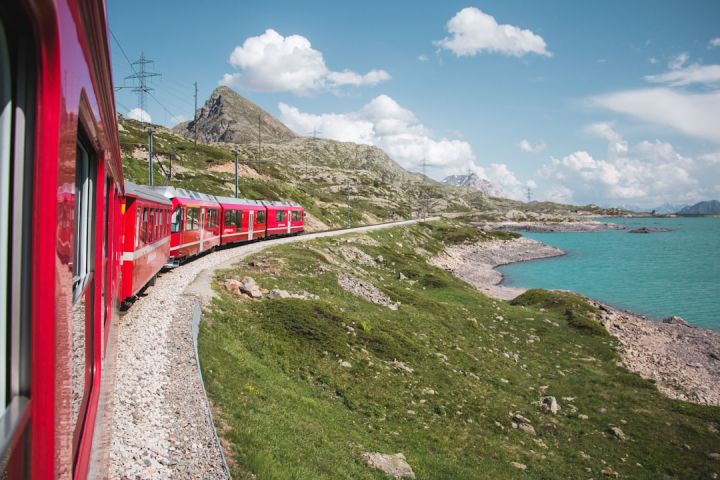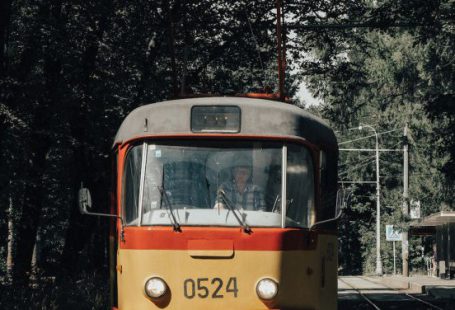Traveling by train is a wonderful way to explore new destinations and immerse yourself in different cultures. It offers a unique perspective on the landscapes and allows you to witness the historical significance of certain places. Planning train trips with cultural and historical insights requires careful research and consideration. In this article, we will guide you through the process of planning such trips, so you can make the most of your travel experience.
Researching Destinations
Before embarking on a train trip with cultural and historical insights, it is essential to research your destinations thoroughly. Start by identifying the regions or countries that have a rich cultural and historical background. Look for places that are known for their architectural wonders, ancient ruins, or vibrant cultural traditions. Make a list of these destinations and prioritize them based on your interests.
Understanding Local Culture and History
Once you have identified your destinations, delve deeper into the local culture and history of each place. Read books, watch documentaries, and explore online resources that provide detailed information about the traditions, customs, and historical events of the region. This knowledge will enhance your understanding and appreciation of the places you visit during your train journey.
Choosing the Right Train Routes
When planning train trips with cultural and historical insights, it is crucial to choose the right train routes. Look for routes that pass through or stop at significant cultural and historical sites. Consider trains that offer guided tours or audio guides, providing insightful commentary along the way. Opt for scenic routes that showcase picturesque landscapes and offer glimpses of the past.
Exploring Local Museums and Landmarks
One of the highlights of train trips with cultural and historical insights is the opportunity to explore local museums and landmarks. Once you arrive at your destination, make sure to visit museums that exhibit artifacts and artworks related to the region’s history and culture. Many museums offer guided tours or audio guides, providing valuable insights into the exhibits.
In addition to museums, explore famous landmarks and historical sites. Wander through ancient ruins, stroll along cobblestone streets, and marvel at architectural masterpieces. Immerse yourself in the rich history of each place and try to envision the stories that unfolded there.
Interacting with Locals
To truly understand a culture, it is important to interact with the locals. Strike up conversations with people you meet along your train journey. Learn about their traditions, customs, and way of life. Ask for recommendations on local events, festivals, or cultural activities that you can participate in during your stay. Engaging with locals will provide you with invaluable insights and create meaningful connections.
Documenting Your Experiences
Lastly, don’t forget to document your experiences during your train trips with cultural and historical insights. Take photographs, write in a travel journal, or create a blog to share your adventures with others. Capture the essence of the places you visit and the emotions they evoke. Your documentation will serve as a reminder of your journey and inspire others to embark on similar cultural and historical train trips.
In conclusion, planning train trips with cultural and historical insights requires thorough research, understanding of local culture and history, careful selection of train routes, exploration of museums and landmarks, interaction with locals, and documentation of your experiences. By following these steps, you can create a travel itinerary that will enrich your understanding of different cultures and historical events. So, pack your bags, hop on a train, and embark on a journey of cultural and historical discovery. Bon voyage!





